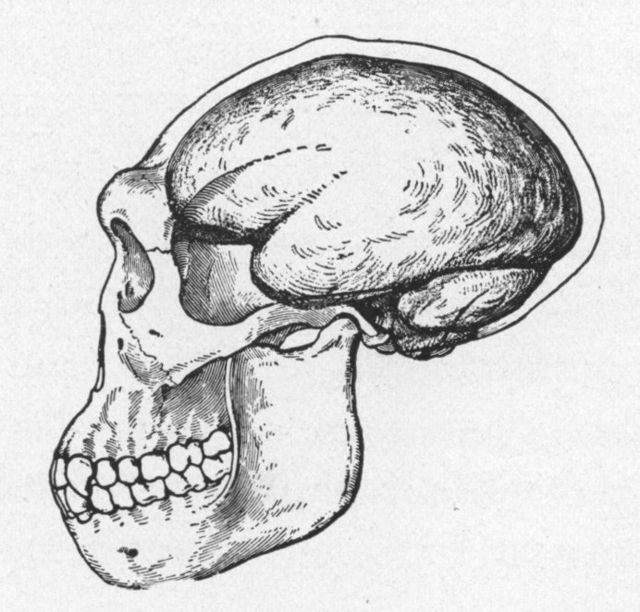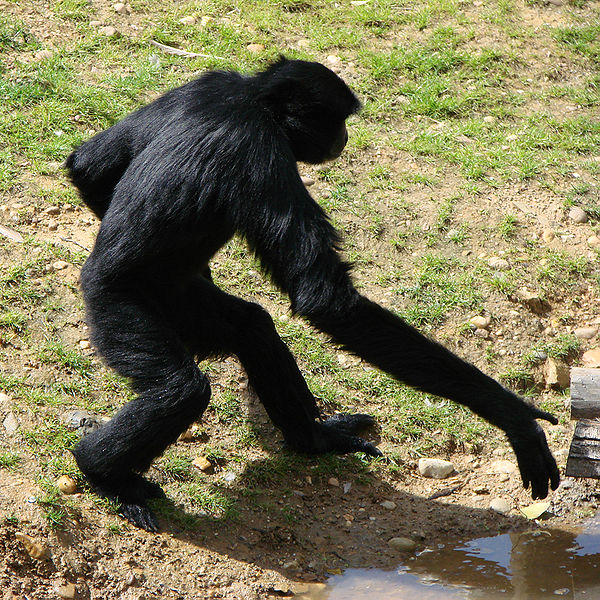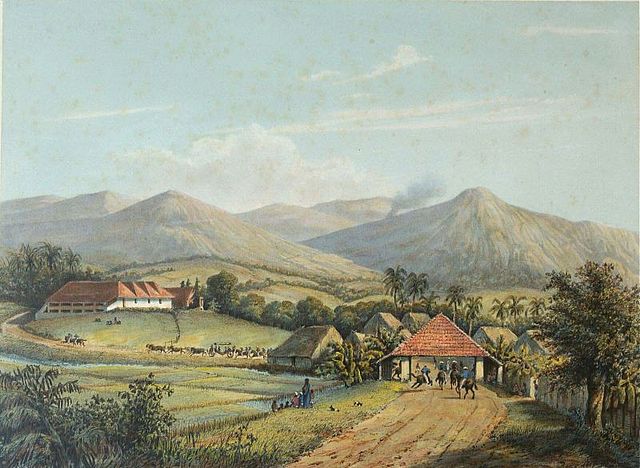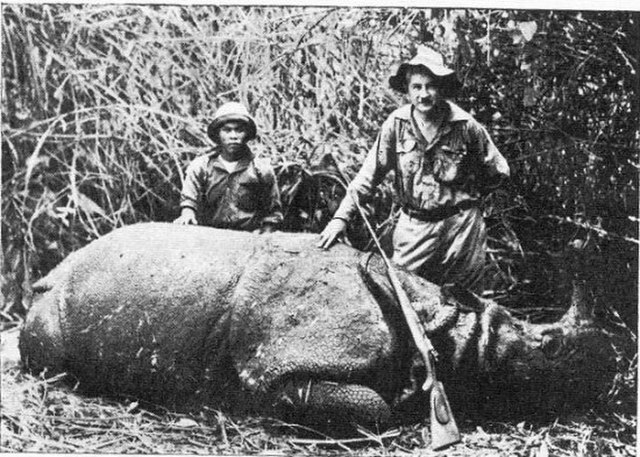Java Man is an early human fossil discovered in 1891 and 1892 on the island of Java (Indonesia). Estimated to be between 700,000 and 1,490,000 years old, it was, at the time of its discovery, the oldest hominid fossil ever found, and it remains the type specimen for Homo erectus.
Java Man
The three main fossils of Java Man found in 1891–92: a skullcap, a molar, and a thighbone, each seen from two different angles.
1922 reconstruction of a Java Man skull, due to Trinil 2 being only a cranium, Dubois who believed Java man was transitional between apes and humans, drew the reconstruction with an ape-like jaw but a brain larger than apes'
The gibbon's ability to stand and walk upright made Eugène Dubois believe it was closely related to humans. This is one of the reasons why he once claimed that Java Man looked like a "giant gibbon".
Java is one of the Greater Sunda Islands in Indonesia. It is bordered by the Indian Ocean to the south and the Java Sea to the north. With a population of 151.6 million people, Java is the world's most populous island, home to approximately 56% of the Indonesian population. Indonesia's capital city, Jakarta, is on Java's northwestern coast.
Mount Bromo in East Java
Parahyangan highland near Buitenzorg, c. 1865–1872
Cymbidium dayanum - typical orchid in Java.
Male Javan rhino shot in 1934 in West Java. Today only small numbers of Javan rhino survive in Ujung Kulon; it is the world's rarest rhino.








